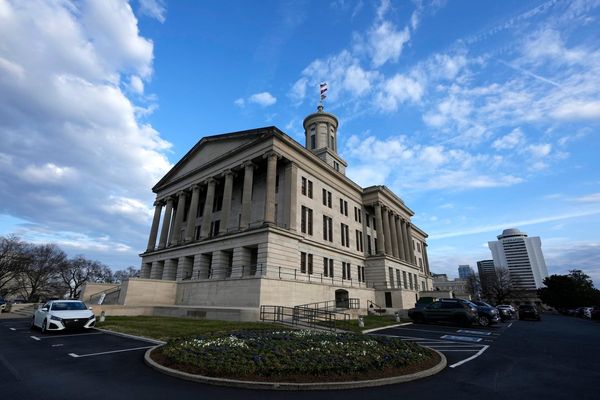
Residents in Australia's southeast are bracing for more wet weather after heavy rain sparked hundreds of calls for help to state emergency services.
NSW's far south coast bore the brunt of the wild conditions on Wednesday and overnight, with more rain expected to hit the region into the weekend.
On Thursday afternoon, rapid impact assessment teams were still visiting homes on the NSW south coast, particularly in the small town of Lake Conjola.
The State Emergency Service estimated about 40 homes there had been impacted by floodwaters.
The coastal towns of Jervis Bay, Ulladulla and Moruya had record November rainfall of more than 200mm in 24 hours.
The NSW SES had responded to more than 1300 calls for help since the start of the storms as of Thursday afternoon, with more than 650 incidents and nine flood rescue operations recorded in the state's southeast.
Crews conducted another four rescues elsewhere in the state and responded to almost 60 incidents near and in the town of Deniliquin in the Riverina in the state's south.
"Pumping in Deniliquin has been ongoing with crews working to relocate water from the town levee to the Edward River," the SES said on Thursday afternoon.
Warnings for floodwaters in Lake Conjola and the Bega River were downgraded to join several other advice-level alerts across the state on Thursday.

More than 1200 SES personnel have responded to calls for help in NSW.
A low pressure system over NSW was expected to bring further downpours, particularly to the state's south coast, before it drifted off over the Tasman Sea between Saturday and Sunday, Bureau of Meteorology senior meteorologist Miriam Bradbury said.
"The Illawarra and Central Coast may see some more moderate falls, but the real risky area is that very southeastern most coast," Ms Bradbury told AAP.
A severe weather warning for heavy rainfall was in place for parts of the NSW south coast and Snowy Mountains late on Thursday.
In far eastern Victoria, the town of Mallacoota remained cut off late on Thursday after a landslide about 8.30am.
The landslide was one of four VicRoads was working to clear in a relatively confined area, an SES spokesman said.
Victoria's SES had fielded about 530 calls for help in the 24 hours to Thursday afternoon, most of which were for fallen trees.
The number of calls for help since midnight on Wednesday was close to 800, with most incidents in Melbourne's northeast and outer suburbs.
Heavy rain was expected to hit already drenched parts of Victoria for the next day or so at least, Ms Bradbury said.
"The average rainfall for the whole month of November is between 50 and 100 millimetres for most of those parts of southeast NSW and eastern Victoria," she said.
"Certainly, many of these locations have seen that amount come come through in the last 24 hours alone."

Major flood warnings were in place for the Thomson River, the Genoa River, the Buchan River, the Macalister River and the Bemm River late on Thursday, while moderate flood warnings were in place for the Cann River and the Snowy River downstream of McKillops Bridge.
The Bemm River was expected to peak by Friday afternoon and if it did flood, access to the community would be cut, the SES spokesman said.
A severe weather warning for heavy rainfall and damaging winds was in place for parts of East Gippsland, as well as the northeast, west and South Gippsland forecast districts late on Thursday.







